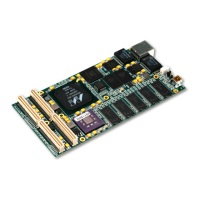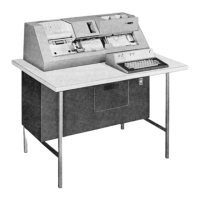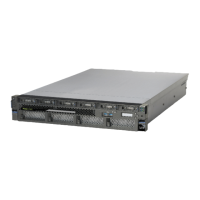2 POWER7 and POWER7+ Optimization and Tuning Guide
1.1 Introduction
The focus of this publication is about gathering the correct technical information, and laying
out simple guidance for optimizing code performance on IBM POWER7 and POWER7+
systems that run the AIX or Linux operating systems. There is much straightforward
performance optimization that can be performed with a minimum of effort and without
extensive previous experience or in-depth knowledge. This optimization work can:
Substantially improve the performance of the application that is being optimized for the
POWER7 system
Typically carry over improvements to systems that are based on related processor chips
Improve performance on other platforms
The new POWER7+ processor offers higher clock rates and larger caches than the original
POWER7 processor, along with some new features, but is otherwise similar to the POWER7
processor. Most of the technical information, and all of the guidance for optimizing
performance on POWER7, also applies to POWER7+. Any differences in POWER7+ and any
new features in that chip are specifically noted; you can otherwise presume that any
information presented for POWER7 also applies to POWER7+.
This guide strives to focus on optimizations that tend to be positive across a broad set of IBM
POWER processor chips and systems. While specific guidance is given for the POWER7 and
POWER7+ processors, the general guidance is applicable to the IBM POWER6®, POWER5,
and even to earlier processors.
This guide is directed at personnel who are responsible for performing that migration and
implementation activities on IBM POWER7-based servers, which includes system
administrators, system architects, network administrators, information architects, and
database administrators (DBAs).
1.2 Outline of this guide
The first section of this guide lays out simple strategies for optimizing performance (see 1.5,
“Optimizing performance on POWER7” on page 5). We describe a set of straightforward
steps to set up the environment for performance tuning and optimization, followed by an
explanation about how to perform these easy and investigative steps. These steps are the
most valuable areas on which to focus.
Next, this guide describes deployment, that is, system setup and configuration choices that
ensure good performance on POWER7. Together, these simple optimization strategies and
deployment guidance satisfy the requirements for most environment and can deliver
substantial improvements.
Finally, this guide describes some of the more advanced investigative techniques that can be
used to identify performance bottlenecks in an application. It is here that optimization efforts
move into the code internals of an application, and improvements are typically made by
modifying source code. Of necessity, coverage in this last area is fairly rudimentary, focusing
on general areas of investigation and the tooling that you should use.

